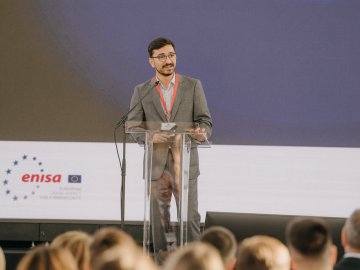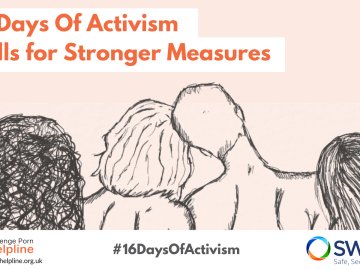As Ofcom’s consultation on the Additional Measures codes enters its final weeks, the debate around non-consensual intimate image abuse (NCII) is rightly moving beyond principle into practice. The expectation that platforms adopt perceptual hashing to prevent the re sharing of NCII is a significant advance. It reflects years of advocacy, innovation, and survivor testimony that have consistently shown hashing to be one of the most effective tools available to reduce harm online.
But while the consultation marks a milestone, it should also mark a moment to look ahead. Compliance is vital, but compliance alone will not solve the problem.
The Impact of Hashing
Through StopNCII.org, survivors already have access to a privacy preserving, secure way of generating a digital fingerprint of their images so that platforms can prevent them from being uploaded again. This simple yet powerful mechanism provides victims with agency and dignity, while enabling platforms to act quickly and pre-emptively.
We know from daily use that hashing works. Victims can see the impact when images are stopped before they spread further. Platforms can integrate without needing to access or store intimate content. The result is a system that balances privacy with protection, ensuring that the harm of NCII is disrupted at scale.
The Limits of Siloed Compliance
Even with regulation in place, NCII rarely sits on one platform alone. Our experience shows that harmful content is often duplicated across many services, forums, and file sharing sites. Removing a single file on a single platform is necessary, but it is not sufficient.
The Take It Down Act in the United States recognises this by requiring removal within 48 hours. This is a welcome standard, but it does not solve the wider problem of duplication. When one platform acts, the same content often remains live elsewhere. Victims still suffer, despite compliance.
Why Hash Sharing is Essential
The next step must be collective action. When one platform identifies NCII and removes it, they should also generate a perceptual hash and insert it into StopNCII. That signal can then be shared with other platforms, preventing the same content from circulating again.
This is not an abstract ambition. StopNCII already provides the infrastructure for secure, privacy preserving hash sharing. What is required now is the will to use it, and the regulatory expectation that platforms contribute to collective protection, not just individual compliance.
Facing the Challenge of Synthetic Content
The urgency grows as synthetic content and AI generated imagery become more prevalent. Synthetic, or “deepfake” NCII can be produced and distributed at speed, overwhelming the capacity of any single service to respond. Without shared signals, platforms will face an endless cycle of chasing duplicates, while victims remain exposed. Hash sharing is the only realistic safeguard against the scale and speed of these emerging harms.
Our Vision and Capacity
At SWGfL, we are preparing for this future. StopNCII is designed to support thousands of platforms, with infrastructure that draws on our experience of running services used by tens of thousands of organisations. We are committed to innovating ahead of demand, building the systems that will allow platforms to integrate quickly and securely.
But the real measure of success will not be how many platforms adopt hashing in isolation. It will be how many adopt it together, working as a community to prevent the spread of NCII wherever it appears.
Looking Beyond October 20th
As the consultation closes on October 20th, we must ensure that the conversation does not stop at compliance. Platforms should be required not only to act quickly when NCII is reported, but also to contribute to a collective system that prevents harm from migrating elsewhere. Enforcement will be essential, but so too will collaboration.
The vision is clear: a digital ecosystem where NCII cannot persist because every platform, large and small, plays its part. The infrastructure exists. The technology is proven. The impact for victims is real. Compliance is the beginning. Collective action is the future.






